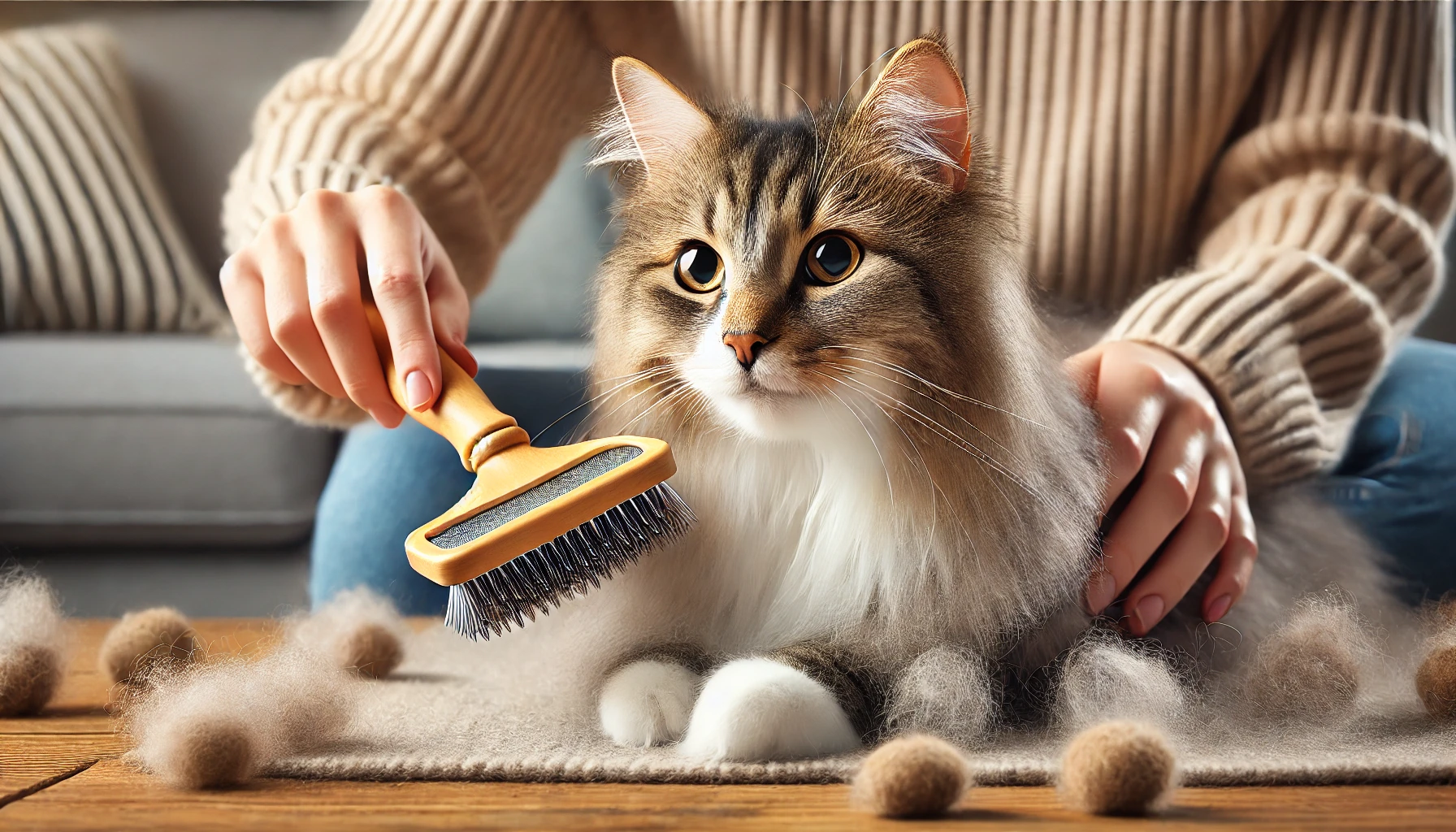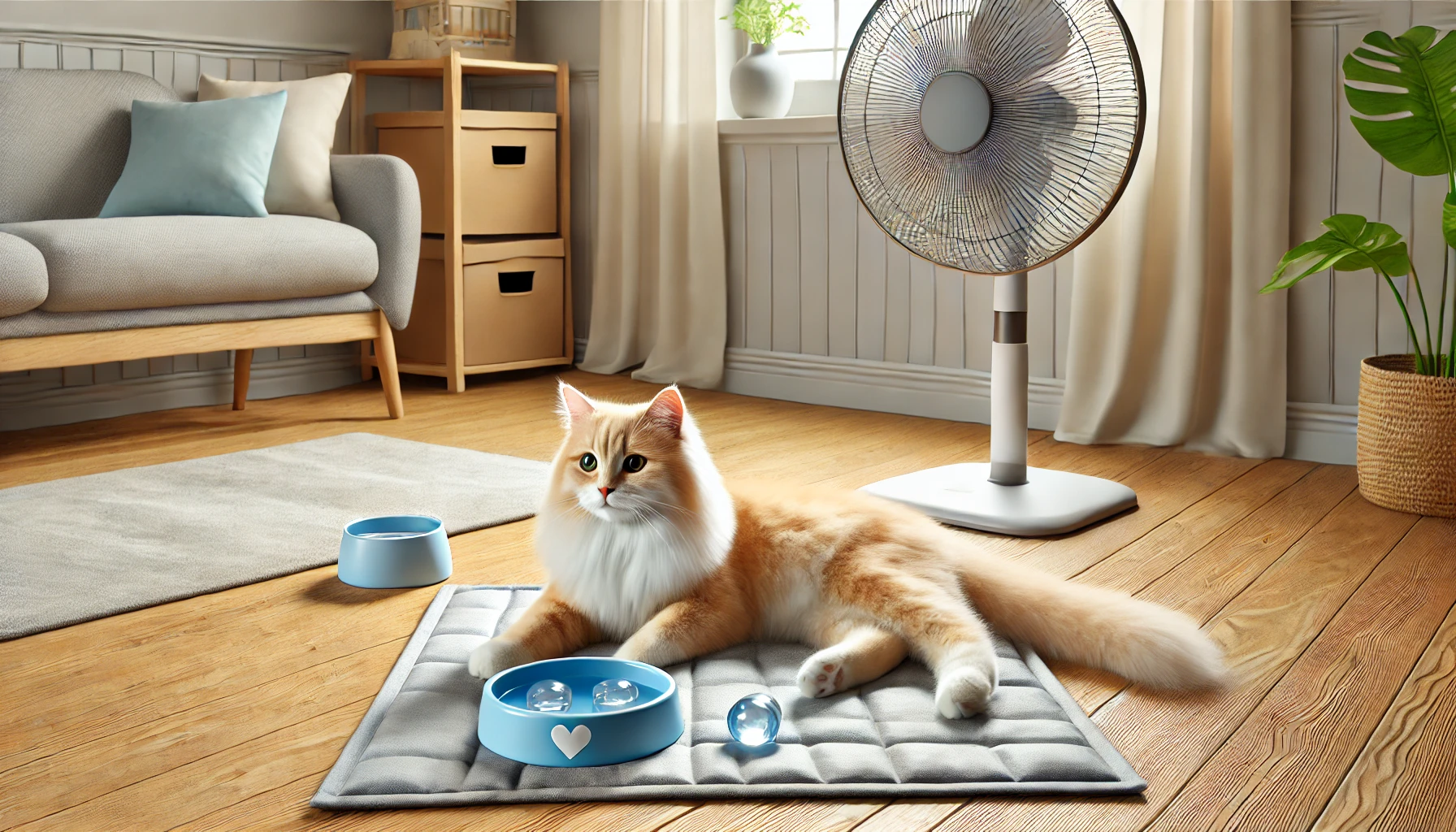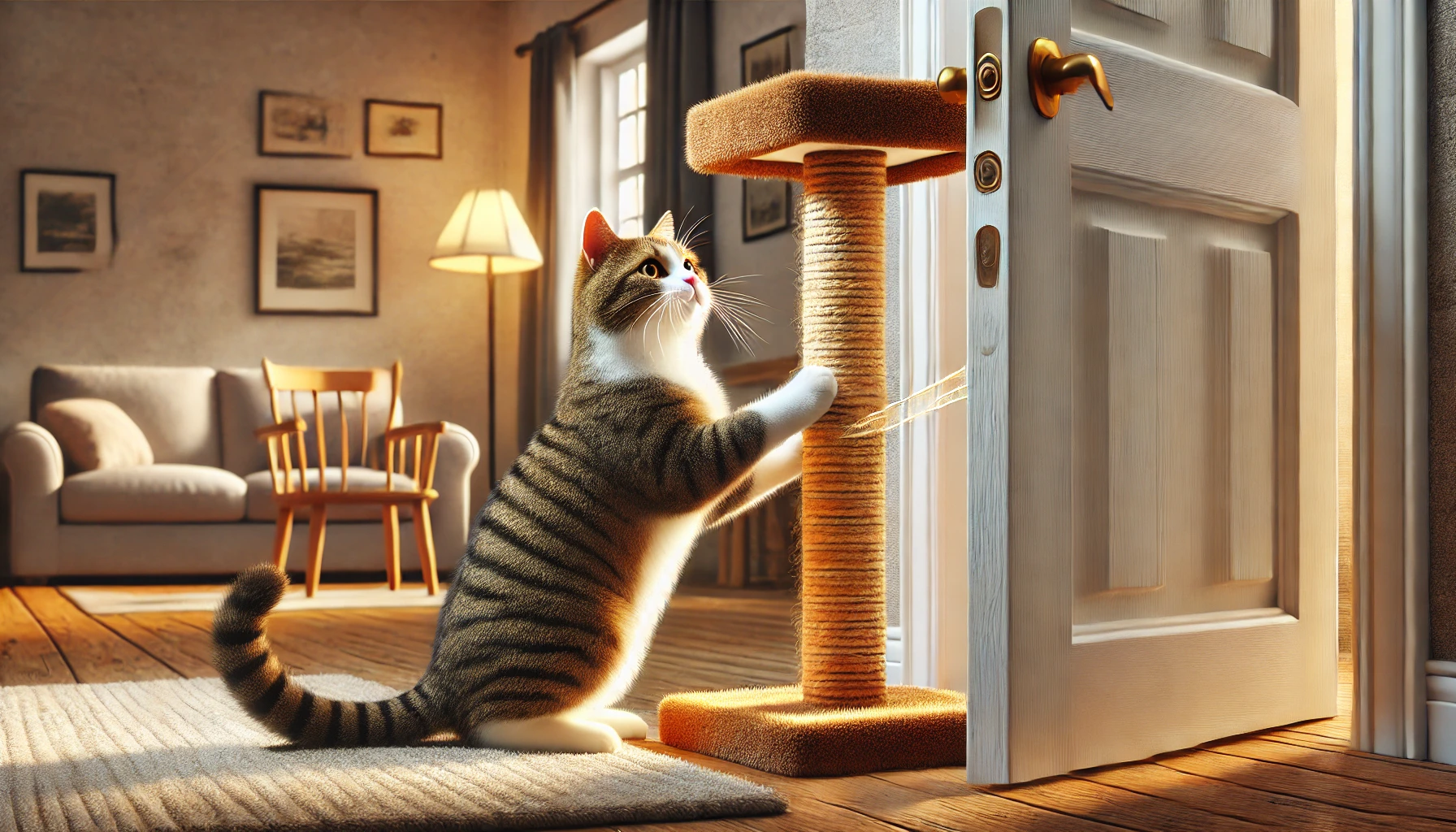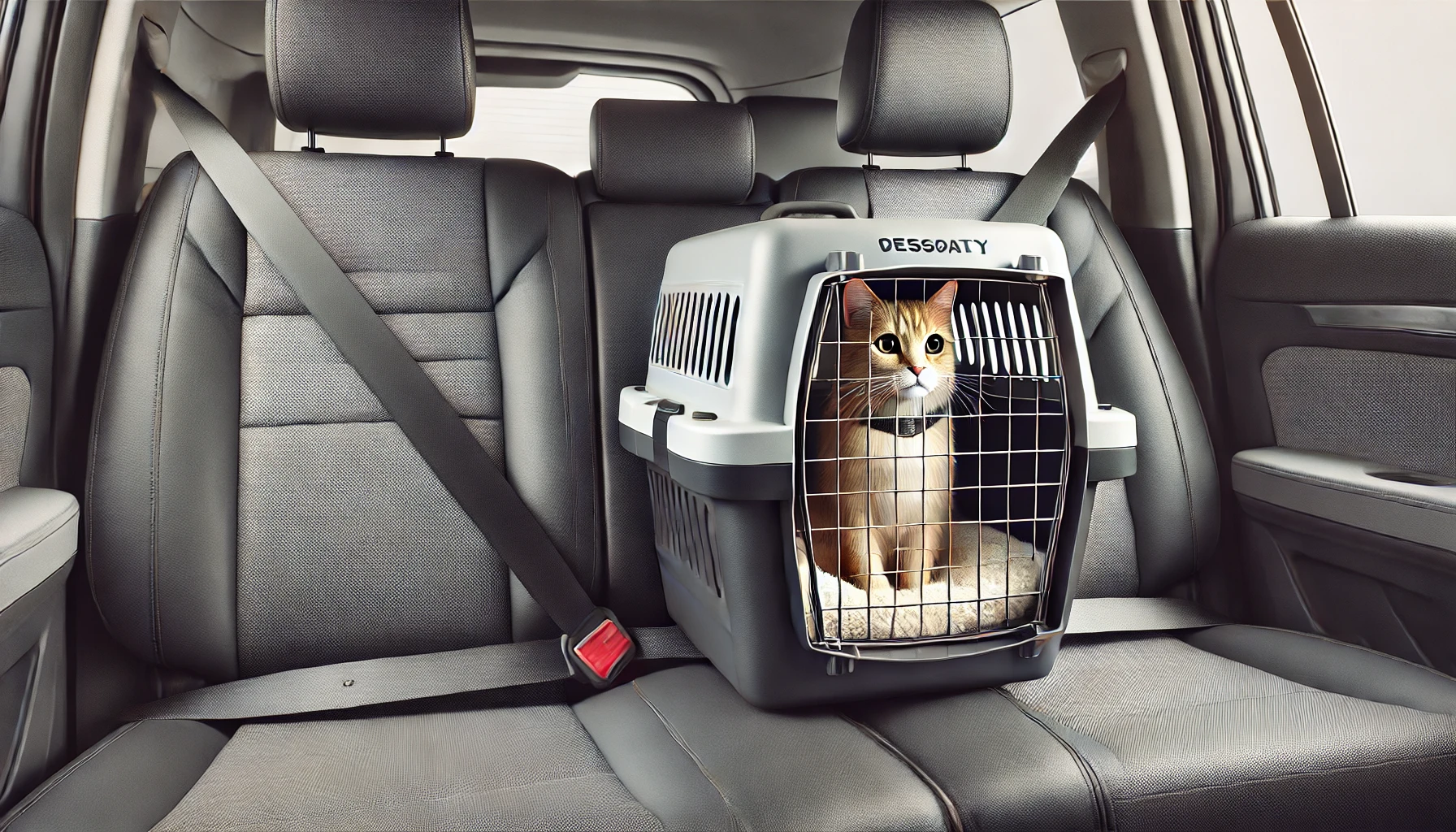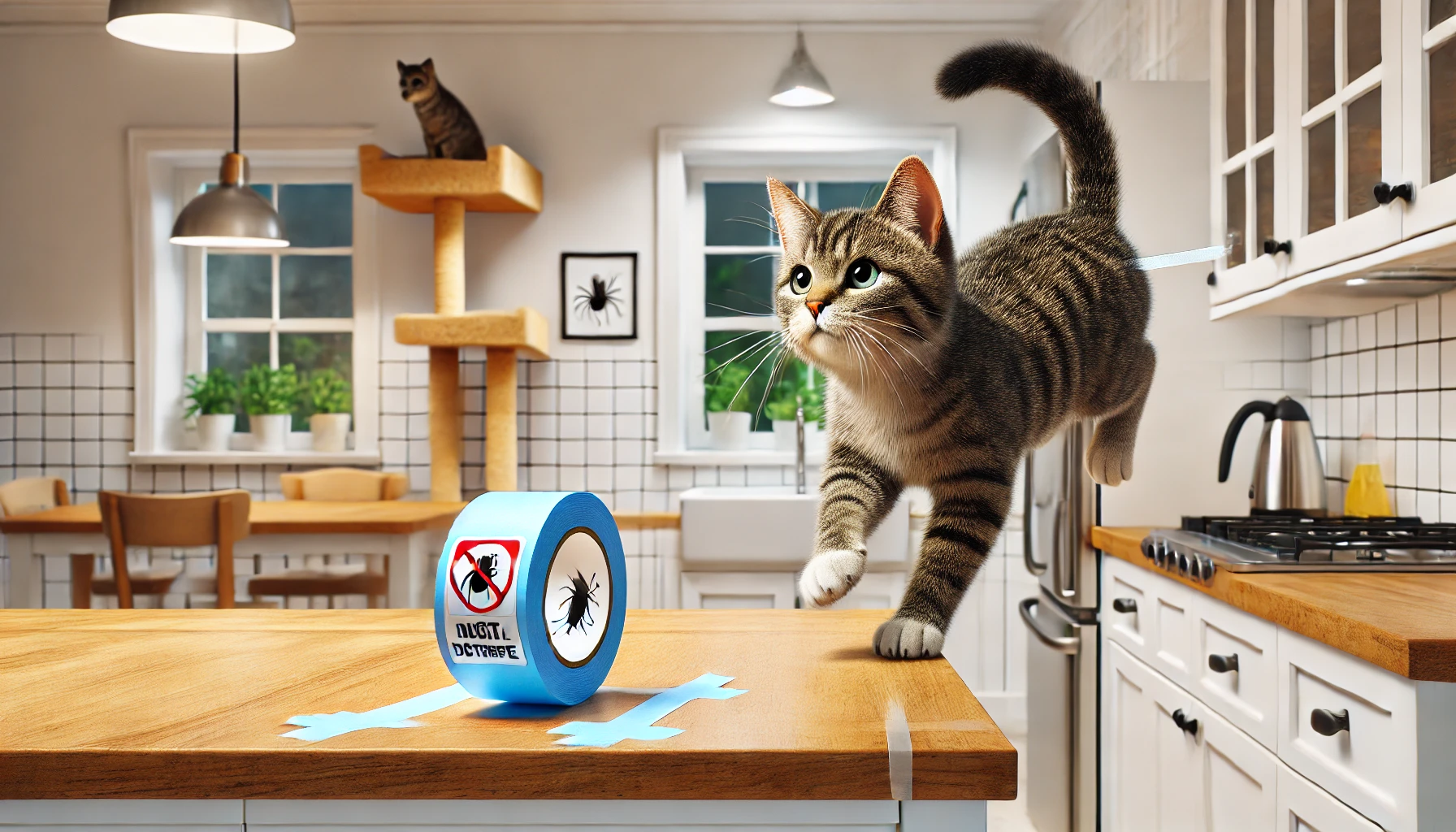Hairballs are a common issue for cats, especially those with long fur or frequent grooming habits. While occasional hairballs are normal, excessive vomiting of hairballs can indicate digestive problems or excessive grooming due to stress.
In this guide, you’ll learn how to prevent hairballs, the best diet for reducing them, and when to seek veterinary help.
1. Why Do Cats Get Hairballs?
Hairballs form when cats groom themselves and swallow loose fur. Normally, the fur passes through their digestive system, but sometimes it accumulates in the stomach and is vomited up.
✅ Common Causes of Hairballs:
✔ Frequent self-grooming.
✔ Long-haired breeds (Persians, Maine Coons, Ragdolls).
✔ Seasonal shedding (especially in spring and fall).
✔ Digestive issues preventing hair from passing normally.
🚨 If your cat is coughing or vomiting hairballs frequently, it may need extra help!
2. Brush Your Cat Regularly to Reduce Loose Fur
Regular brushing removes excess hair before your cat swallows it.
✅ How Often to Brush Your Cat:
✔ Short-haired cats: 2–3 times per week.
✔ Long-haired cats: Daily brushing is best.
🚨 Common Mistake: Using the wrong brush for your cat’s coat.
Instead: Use a de-shedding brush or grooming glove to remove loose fur effectively.
3. Feed a Hairball Control Diet
Certain cat foods are designed to help move hair through the digestive system.
✅ Best Ingredients for Hairball Prevention:
✔ High-fiber food – Helps push hair through the intestines.
✔ Omega-3 & Omega-6 fatty acids – Promotes a healthy coat and reduces shedding.
✔ Moisture-rich diet – Wet food helps digestion.
🚨 Common Mistake: Only feeding dry kibble.
Instead: Add wet food and fiber-rich supplements to aid digestion.
4. Increase Your Cat’s Water Intake
Hydration helps move hair through the digestive tract.
✅ How to Encourage Hydration:
✔ Provide fresh water daily.
✔ Use a cat water fountain (cats prefer moving water).
✔ Add wet food to their diet.
🚨 Common Mistake: Assuming cats drink enough water on their own.
Instead: Monitor their water intake and offer multiple water sources.
5. Try Hairball Remedies and Supplements
Certain products can help lubricate the digestive tract, making it easier for hair to pass.
✅ Best Hairball Remedies:
✔ Hairball gel or paste – Contains mild laxatives like petroleum jelly or natural oils.
✔ Pumpkin puree – Adds fiber to aid digestion.
✔ Olive oil or fish oil – Lubricates the digestive system.
🚨 Common Mistake: Overusing remedies without adjusting diet.
Instead: Use supplements alongside a high-fiber diet and regular grooming.
6. Keep Your Cat Active to Improve Digestion
Exercise stimulates digestion and helps move hair through the gut.
✅ Ways to Keep Your Cat Active:
✔ Play with wand toys or laser pointers daily.
✔ Encourage climbing with cat trees or shelves.
✔ Provide food puzzles to promote movement.
🚨 Common Mistake: Thinking only outdoor cats need exercise.
Instead: Indoor cats also need daily activity for better digestion.
7. Reduce Stress to Prevent Over-Grooming
Some cats groom excessively due to anxiety, leading to more hairballs.
✅ How to Reduce Stress in Cats:
✔ Provide hiding spots and safe spaces.
✔ Use calming pheromone diffusers (like Feliway).
✔ Stick to a consistent routine for feeding and playtime.
🚨 Common Mistake: Ignoring behavioral grooming triggers.
Instead: Address stress or anxiety if your cat over-grooms.
8. Monitor Hairball Frequency and Symptoms
Occasional hairballs are normal, but frequent vomiting can signal a bigger issue.
🚨 When to Worry:
❌ Hairballs more than once a week.
❌ Frequent retching without producing a hairball.
❌ Loss of appetite or constipation.
❌ Lethargy or abdominal bloating.
🚨 If your cat shows these signs, visit a vet immediately!
9. Try a Litter Box Check for Digestive Health
If hair passes through the intestines normally, it should appear in your cat’s stool.
✅ Healthy vs. Unhealthy Signs:
✔ Small amounts of hair in stool = Good!
❌ Frequent constipation = Bad (hair may be stuck in intestines).
🚨 If your cat is straining in the litter box, consult a vet.
10. When to See a Vet About Hairballs
In some cases, hairballs can become dangerous, leading to intestinal blockages.
🚨 Signs of a Hairball Blockage:
❌ Ongoing vomiting without producing a hairball.
❌ Loss of appetite or weight loss.
❌ Lethargy and dehydration.
❌ Swollen or painful belly.
🚨 If you suspect a blockage, seek veterinary care immediately!
Final Thoughts
Hairballs are a normal part of cat life, but with proper grooming, diet, and hydration, you can reduce their frequency and keep your cat healthy.
🐱 Key Takeaways:
✅ Brush regularly to remove loose fur.
✅ Feed a fiber-rich, moisture-rich diet.
✅ Keep your cat hydrated with fresh water and wet food.
✅ Use hairball remedies like pumpkin, oils, or gels if needed.
✅ Reduce stress and excessive grooming behaviors.
✅ Monitor for frequent vomiting or digestive issues.
✅ See a vet if hairballs become too frequent or cause distress.
With consistent care, your cat will have fewer hairballs and a healthier digestive system! 🐾💖

